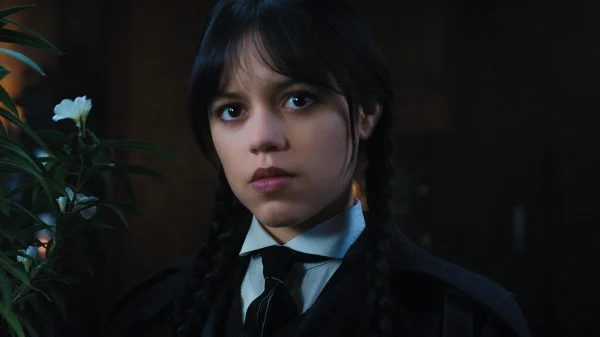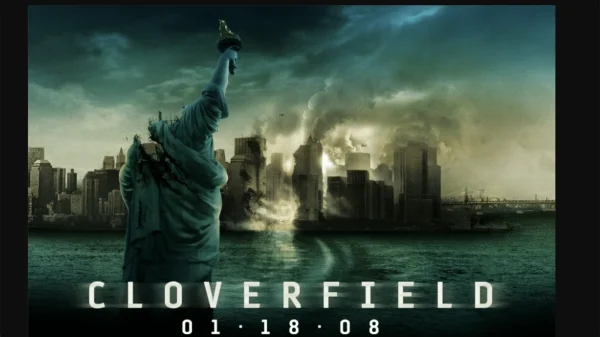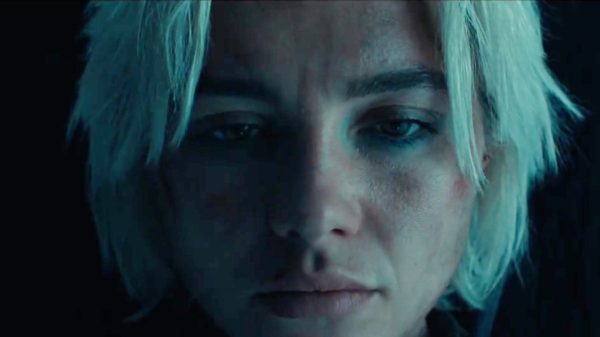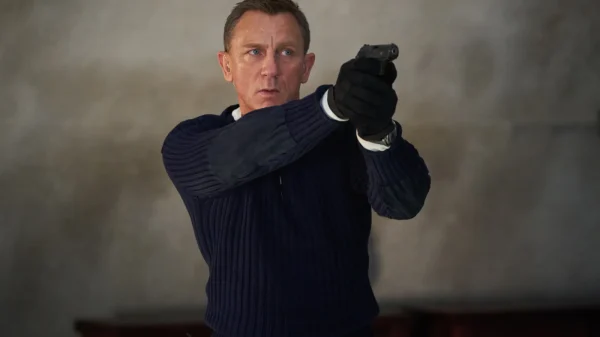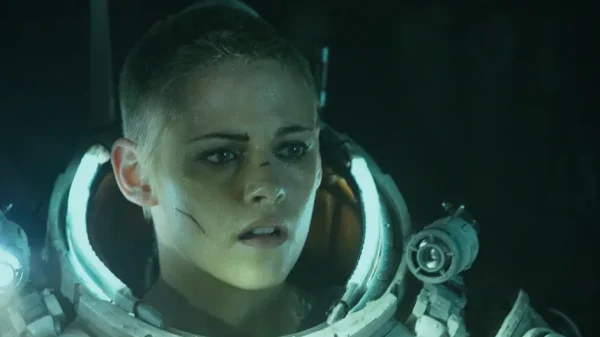Alfonso Cuarón’s 2006 film “Children of Men” is a bleak and thought-provoking depiction of a dystopian future, where humanity has lost its ability to procreate. The film’s use of long takes immerses the viewer in a world of violence, desperation, and chaos. Cuarón and cinematographer Emmanuel Lubezki use these shots to build tension and create a sense of realism, drawing the audience into the world of the story.
The film’s violence is not sensationalized, but rather presented in a documentary-like style. The ambush scene, where Julian, a key character, is killed, is a prime example. The camera pans and tilts as the characters scramble to escape, creating a sense of urgency and chaos. The scene is jarring and intense, but never gratuitous.
The use of long takes is not limited to the action scenes. The film’s emotional moments, such as Jasper’s assassination, are also presented in a linear, uninterrupted manner. These shots allow the audience to connect with the characters on a deeper level, making the emotional impact even more significant.

A Still From Children of Men (Photo: Children of Men)
One of the most memorable scenes in the film is the war zone sequence, where Theo, the protagonist, must navigate a bombed-out street to rescue Kee, the pregnant refugee. The scene is intense and chaotic, with explosions and gunfire creating a cacophony of noise. However, it is the unexpected blood splatter on the camera lens that adds a personal and immersive element to the scene. According to Cuarón, the blood stain was an accident, but it adds a sense of realism and stakes to the scene.
The film’s finale is a breathtaking sequence of long takes, as Theo and Kee navigate a war-torn refugee camp to reach the Human Project. The camera follows them through the ruins, dodging bullets and explosions, creating a sense of urgency and desperation. The blood stain on the camera lens is a haunting reminder of the violence that has unfolded throughout the film.
In the end, “Children of Men” is a powerful and thought-provoking film that uses long takes to immerse the viewer in a world of chaos and desperation. The film’s use of violence is not sensationalized, but rather presented in a realistic and documentary-like style. The blood splatter on the camera lens is a stunning cinematic touch that adds a sense of realism and stakes to the film’s intense and chaotic world.

